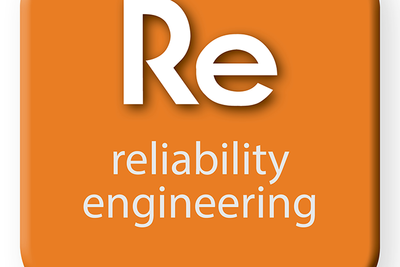What is Overall Equipment Effectiveness? [OEE]
Overall equipment effectiveness (OEE) is a manufacturing index to reduce complexity of discrete systems for problem solving and benchmarking. In many ways, it is a subset of effectiveness. OEE=availability*performance*quality where availability = (operating time)/(planned production time), performance = (ideal cycle time)/(operating time/total pieces), quality = (good pieces)/(total pieces) and is best suited to discrete manufacturing. The index is larger than for effectiveness and allows for acceptance of down time without have a hard measure for utilization losses in the capability (although it does have a performance index which takes elements from both efficiency and utilization) and it accepts planned downtime as OK in the availability index. The effectiveness index looks at the system from the perspective of the investor, where as OEE looks at the system from the perspective of the operations management which excuses many losses such as planned outages, etc. which has the propensity for the indices to be "Enronized" so they look good when in fact from the investors viewpoint the results are not good which is a violation of the principle of Esse Quam Videri (To be rather than to seem).
Why use OEE?
It's a simple and easy to use index for the big picture summary of performance in industry and it can be benchmarked against similar industries.
When to use OEE?
Use for a quick assessment and approximation of the effectiveness equation
Where to use OEE?
Widely used for a first cut at improving manufacturing operations in lieu of the more stringent and complete effectiveness equation.
These definitions are written by H. Paul Barringer
- Reliabilityweb Is Stock Turns the OEE of Spares Management? ›
- Reliabilityweb Why TEEP (Total Effective Equipment Performance)? ›
- Reliabilityweb The final 10% OEE - Achieving Operational ... ›
- Reliabilityweb Determining an OEE Goal Based Upon Customer ... ›
- Reliabilityweb Do Not Be Misled by O.E.E. ›
- Reliabilityweb OEE: How Do You Use It? ›
